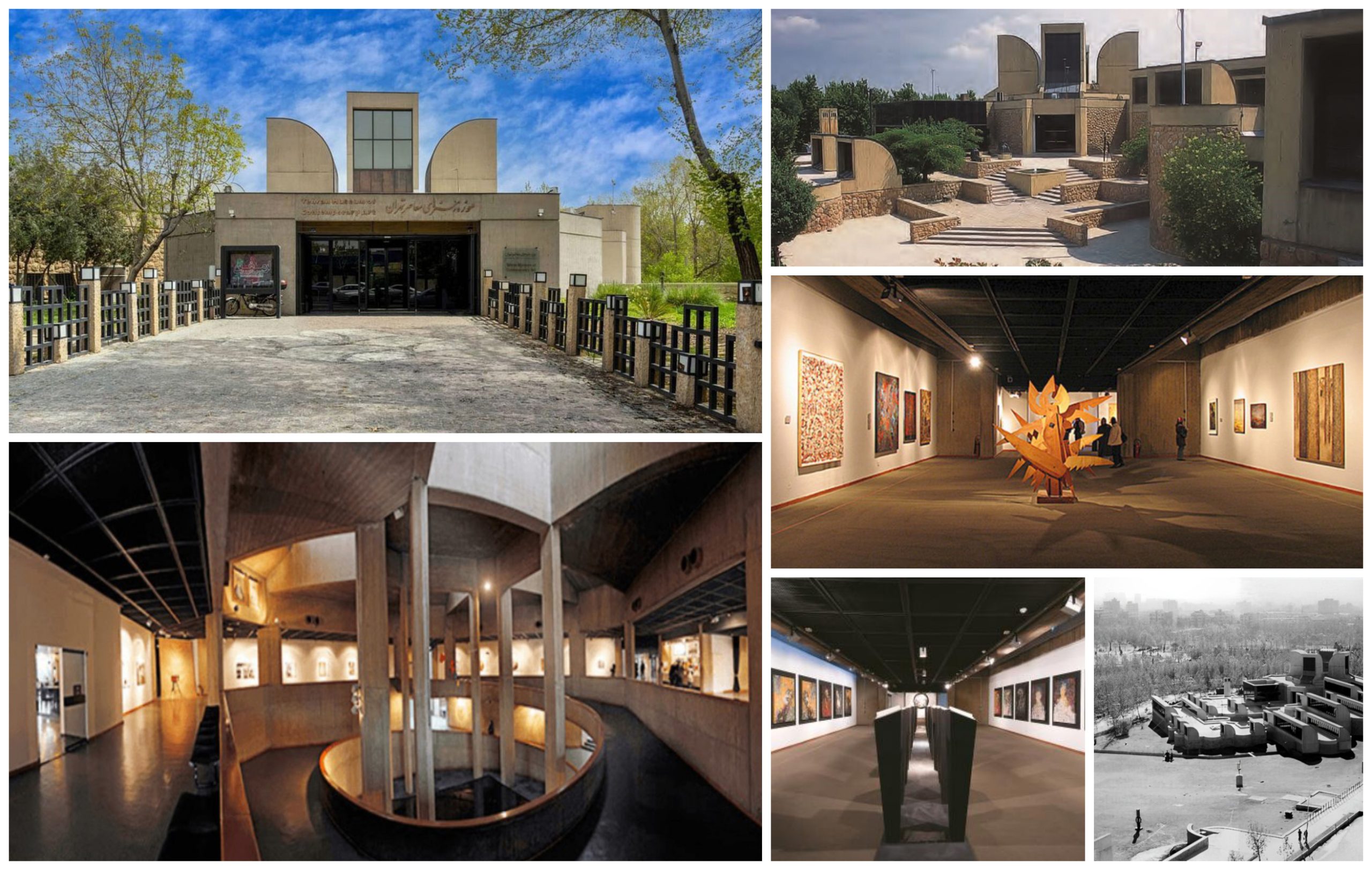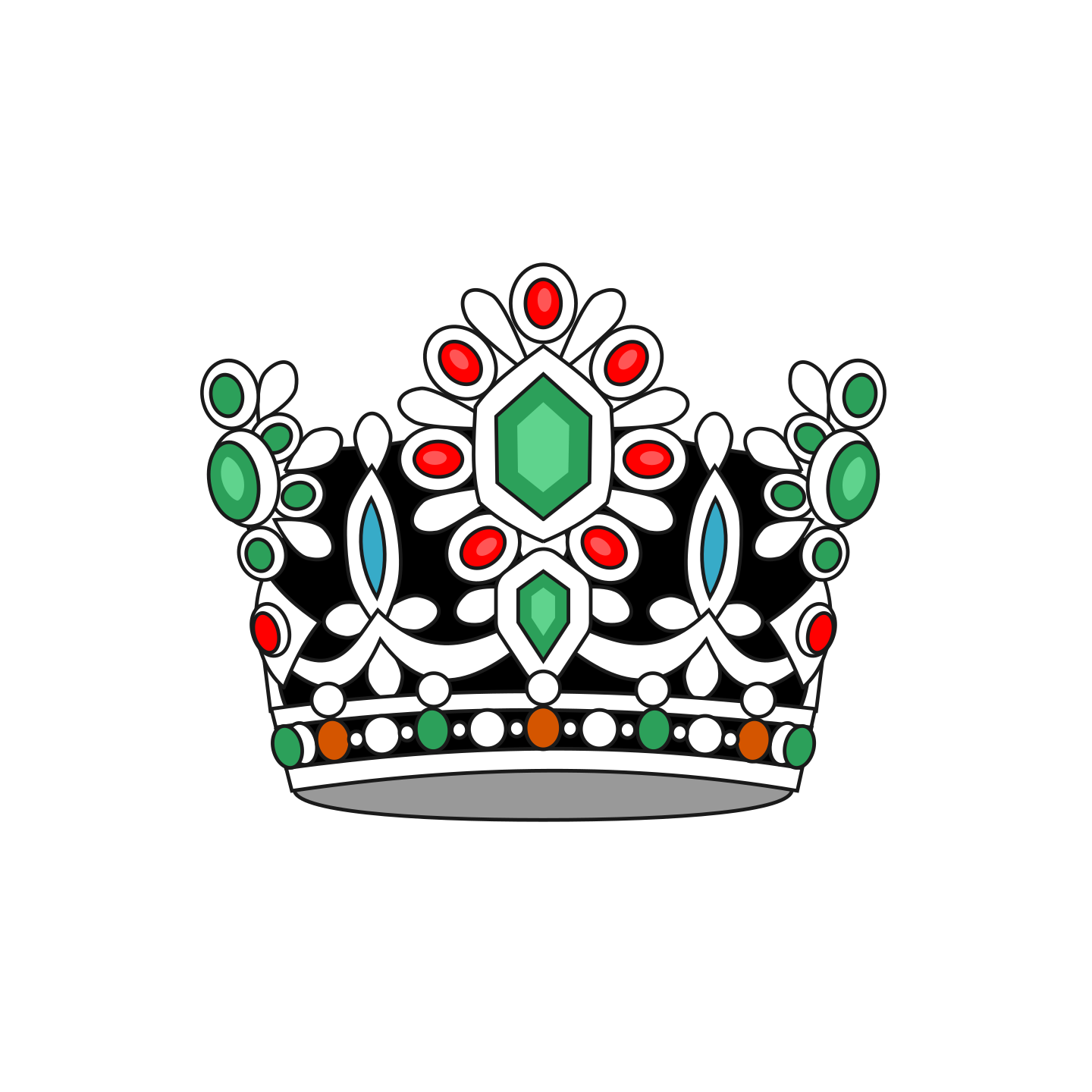
The Tehran Museum of Contemporary Art (TMOCA) is indeed closely associated with Farah Pahlavi, the Empress of Iran and wife of Shah Mohammad Reza Pahlavi. She played a pivotal role in the creation of the museum, which was officially established in 1977, and her vision continues to shape its legacy today. Here’s a more detailed biography of the museum with an emphasis on Farah Pahlavi’s role in its creation.
The Vision of Empress Farah Pahlavi
The creation of the Tehran Museum of Contemporary Art was part of a larger cultural initiative led by Farah Pahlavi, who had a deep interest in modern art and was a strong advocate for promoting cultural development in Iran. As the first lady, Farah was deeply involved in various cultural and artistic projects, and she envisioned the museum as a way to position Iran as a modern, sophisticated nation on the world stage.
Farah Pahlavi was passionate about introducing contemporary Western art to Iran while fostering a dynamic and evolving local art scene. Her goal was to establish a world-class institution that would not only showcase international art but also celebrate Iranian artists and the country’s rich cultural heritage.
In 1976, Farah Pahlavi visited the Musée d’Art Moderne in Paris and was inspired to create a similar institution in Tehran. Her involvement went beyond just commissioning the museum; she worked closely with architects, curators, and artists to bring the project to life.
The Foundation of the Museum
The Tehran Museum of Contemporary Art was officially established in 1977, and its creation was a direct result of the Empress’s initiative. Her vision was to blend the modernist movements of the West with Iranian traditions, creating a museum that would reflect both the global and local elements of contemporary art.
The museum was designed by the Iranian architect Kamran Diba, who was chosen for his modernist approach. Diba’s design for the museum is a perfect reflection of the Empress’s vision—modern and progressive, but with elements of Persian architectural heritage, such as the incorporation of courtyards, gardens, and open spaces.
Western Art Collection: A Bold Vision
One of the most remarkable aspects of the museum is its extensive collection of Western modern art, which was acquired in the 1970s under Farah Pahlavi’s direction. The museum’s collection of Western masterpieces was unprecedented in the region at the time. Farah personally oversaw the acquisition of works by some of the most prominent Western artists of the 20th century, including:
-
Pablo Picasso
-
Andy Warhol
-
Jackson Pollock
-
Mark Rothko
-
Francis Bacon
-
Henry Moore
The acquisition of these works was an ambitious cultural undertaking, especially at a time when many Iranian art institutions were focused on traditional or Islamic art forms. Farah’s intention was to present Iranian society with the best examples of global contemporary art and show that Iran was open to global cultural movements.
The collection was revolutionary, making the Tehran Museum of Contemporary Art one of the most important art institutions in the Middle East.
The Role of the Museum During the Pahlavi Era
During the Pahlavi era, the museum was an important symbol of Iran’s modernization efforts. The country was rapidly transforming, and the arts played a central role in this vision. The museum served as a cultural hub, where Iranian intellectuals, artists, and foreign visitors could come together to explore and discuss contemporary art in a global context.
Under Farah’s patronage, the museum also hosted international exhibitions, featuring cutting-edge works from prominent artists around the world. It was seen as a place where culture and modernity could flourish, and it became an important symbol of Iran’s status as a modern, Westernized nation.
Post-Revolution: The Museum’s Tumultuous Years
The Iranian Revolution of 1979 and the fall of the Pahlavi Dynasty had a dramatic impact on the museum. The revolution led to significant shifts in cultural policy, and many of the Western artworks in the museum’s collection were considered incompatible with the new Islamic Republic’s values.
Following the revolution, the Tehran Museum of Contemporary Art was temporarily closed, and much of its Western collection was hidden from the public eye. Farah Pahlavi, who had championed the museum, was exiled, and the country’s new leadership was focused on promoting Islamic and traditional Persian art.
Despite these changes, the museum remained an important site for the cultural elite, and in the years following the revolution, the collection was occasionally shown to the public, albeit in a much more restricted manner.
Renovations and Revival
In the early 2000s, the museum began to regain its prominence, as the Iranian government sought to reopen the museum and share its world-class collection with the public once again. In 2001, the museum underwent significant renovations to both preserve its artworks and improve the experience for visitors.
The museum’s role as a platform for contemporary art was revived, and it resumed hosting exhibitions, although the political climate surrounding the museum’s Western collection remained sensitive. Over the years, various international artists and curators have returned to the museum, contributing to a slow but steady revitalization of its international standing.
Farah Pahlavi’s Legacy
Although Farah Pahlavi’s direct influence on the museum waned after the revolution, her legacy continues to loom large over the institution. Her original vision for the museum as a space for cultural exchange and a showcase of global modernism still defines the museum’s core mission.
Even as the museum has faced challenges—political, economic, and social—it remains an enduring symbol of her commitment to promoting modern art in Iran. Farah’s patronage and vision for the museum are remembered as a high point of cultural ambition and openness in Iran’s modern history.
Significance Today
The Tehran Museum of Contemporary Art remains one of the most important cultural institutions in Iran and is crucial in the dialogue between Eastern and Western art. Its collection continues to draw attention, particularly for its rare Western art collection, which is still one of the most significant in the Middle East. The museum has also increasingly focused on promoting contemporary Iranian artists and facilitating global cultural exchange, aligning with Farah Pahlavi’s original goals.
In 2021, the museum reopened its newly renovated galleries, welcoming both domestic and international audiences to rediscover its rich legacy.
Conclusion
The Tehran Museum of Contemporary Art is a lasting testament to the vision of Empress Farah Pahlavi, whose belief in the power of art to bridge cultural divides laid the foundation for one of the most unique and important art collections in the world. Despite the tumultuous political shifts in Iran, the museum stands as a symbol of the nation’s complex relationship with modernity, culture, and the global art scene.


